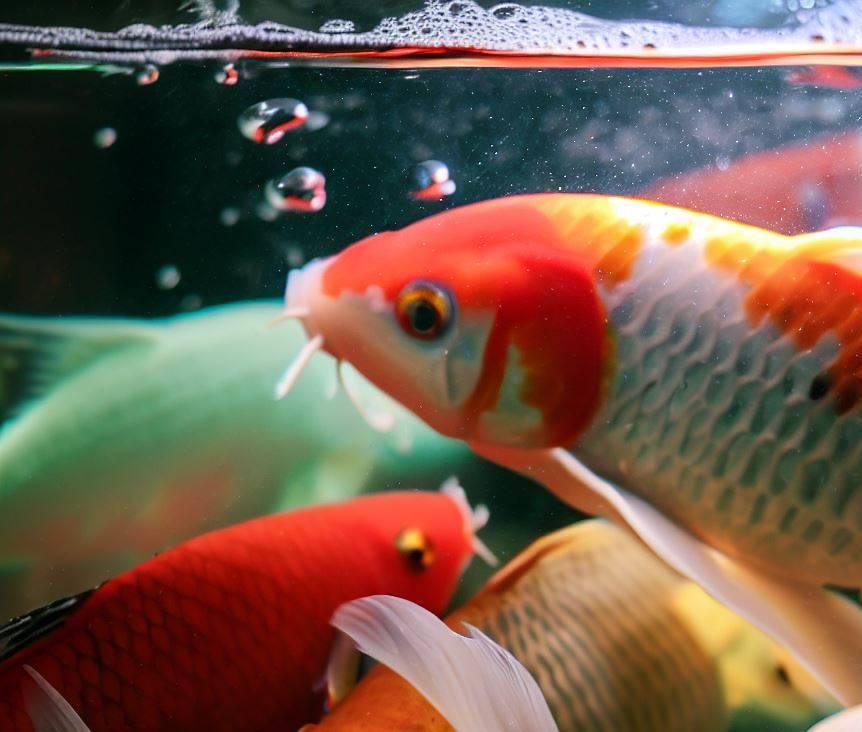Many enthusiasts are captivated by their beauty and decide to keep them as pets in fish tanks. While it may seem feasible to raise koi in a tank initially, it's important to understand that these majestic creatures will eventually outgrow their confined space. In this article, we will explore the enchantment of keeping koi fish in a fish tank, along with the challenges that arise as they grow, and alternative options for providing them a suitable habitat.
The Allure of Koi Fish: Koi fish have a rich history in Japanese and Chinese cultures, where they are considered symbols of love, prosperity, and good fortune. Their vibrant colors, ranging from bold reds to serene blues, make them a visual delight. Additionally, their elegant swimming patterns create a sense of tranquility and serenity, making them a popular choice for fish enthusiasts.
Keeping Koi in a Fish Tank
When starting out, a small koi fish can comfortably reside in a fish tank. A standard-sized tank with appropriate filtration and aeration systems can adequately support their needs. However, it's crucial to consider their growth potential and plan for their future requirements.
Growth and Space Constraints
One of the primary challenges of keeping koi fish in a fish tank is their remarkable growth rate. Koi can grow to be quite large, with some reaching lengths of over three feet. As they mature, they require ample space to thrive physically and mentally. Unfortunately, most fish tanks are not designed to accommodate the immense size that koi can attain.
The Importance of Space
Providing sufficient space is vital for the overall well-being of koi fish. In a confined tank, their growth can be stunted, leading to health issues such as deformities and reduced life expectancy. Limited swimming space can also increase stress levels, negatively impacting their immune system and making them more susceptible to diseases.
Transitioning to a Suitable Habitat
To ensure the best possible life for your koi fish, transitioning them to a suitable habitat is essential. Koi ponds, with their ample space and natural filtration systems, offer an environment that closely mimics their natural habitat. These ponds allow koi to exhibit their natural behaviors, such as foraging, exploring, and socializing with other koi.
Designing a Koi Pond
When constructing a koi pond, consider factors such as size, depth, filtration, and aeration systems. Koi ponds should ideally be at least 2,500 gallons in volume to provide adequate space for growth and movement. Incorporating a well-designed filtration system, such as a biological filter, will maintain water quality, while aeration systems ensure sufficient oxygen levels for the fish.
While it may be disappointing to realize that your koi fish will outgrow the fish tank, transitioning them to a pond can be an exciting and fulfilling experience. Watching them thrive in a more natural environment, with ample space to explore, is incredibly rewarding.
Keeping koi fish in a fish tank can be a delightful experience initially, but it's crucial to recognize that they will eventually outgrow their confined space. Transitioning them to a pond allows these magnificent creatures to reach their full potential, promoting their physical and mental well-being. By understanding their growth requirements and providing a suitable habitat, koi enthusiasts can enjoy a lifelong journey of appreciating the beauty and serenity of these remarkable fish.
